Earth news stories
A new study published in the journal Science Advances by researchers at the IBS Center for Climate Physics (ICCP) at Pusan National University in South Korea shows that the patchwork of different ecosystems found in mountainous regions played a key role in the evolution of humans.

Using the Zwicky Transient Facility (ZTF) telescope to survey large expanses of sky, a team of researchers led by the University of Maryland investigated a stream of space debris known to drift near Earth called the Taurid swarm.
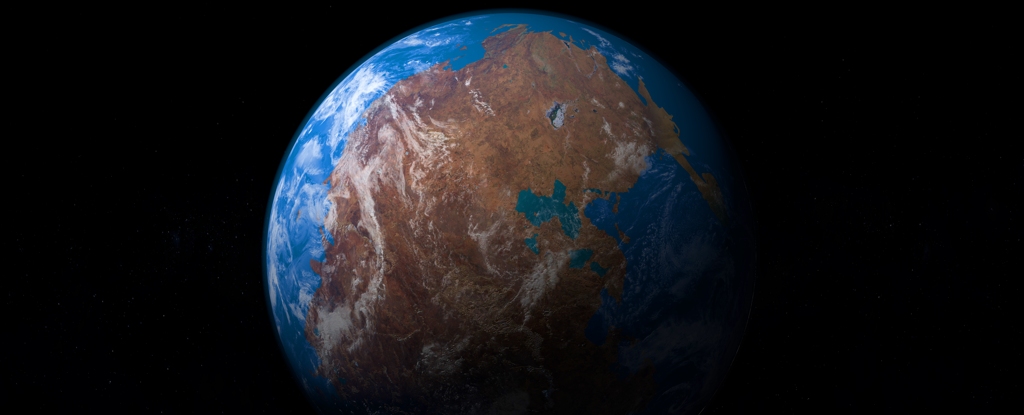
Using information from inside the rocks on Earth’s surface, we have reconstructed the plate tectonics of the planet over the last 1.8 billion years.
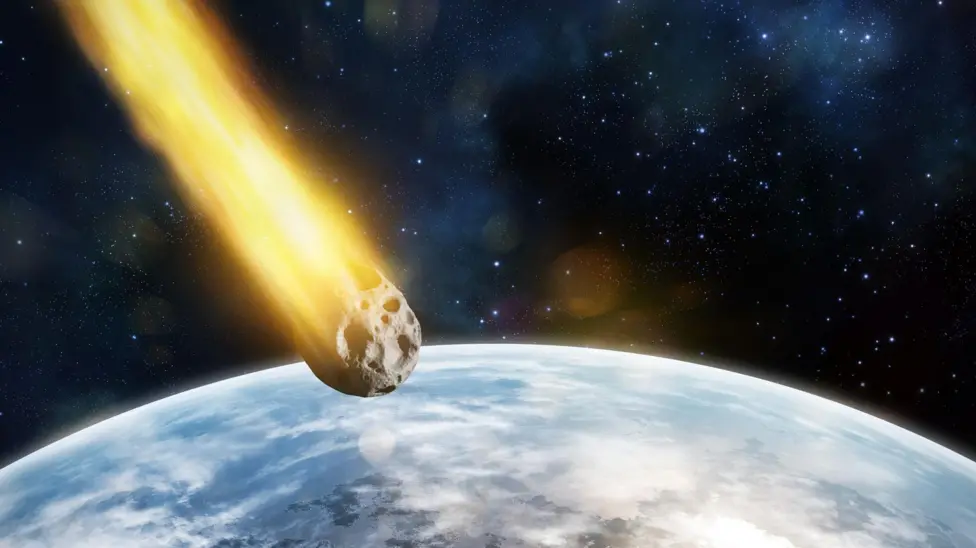
The huge asteroid that hit Earth and wiped out the dinosaurs 66 million years ago was not alone, scientists have confirmed. A second, smaller space rock smashed into the sea off the coast of West Africa creating a large crater during the same era.
When an asteroid slammed into Earth 66 million years ago, it caused a mass extinction. Now, researchers have evidence that this catastrophe ushered in the invention of agriculture by ants. See the paper here.
Fossils found in Brazil are leading palaeontologists to re-write the evolution of mammals…The findings are detailed in a paper published in Nature.

New research published in The Planetary Science Journal suggests that the moon was captured during a close encounter between a young Earth and a terrestrial binary—the moon and another rocky object.

A boom in vegetation at the end of the last ice age may have created so much pollen, it blocked mammoths’ sense of smell. A new study suggests this drove the beasts to extinction, but not everyone agrees.

Scientists have grown an ancient seed from a cave in the Judean Desert into a tree — and it could belong to a locally-extinct species with medicinal properties mentioned several times in the Bible

Computers truly are wonderful things and powerful but only if they are programmed by a skillful mind. Check this out… there is an algorithm that mimics the growth of slime mold, but a team of researchers has adapted it to model the large-scale structure of the Universe.
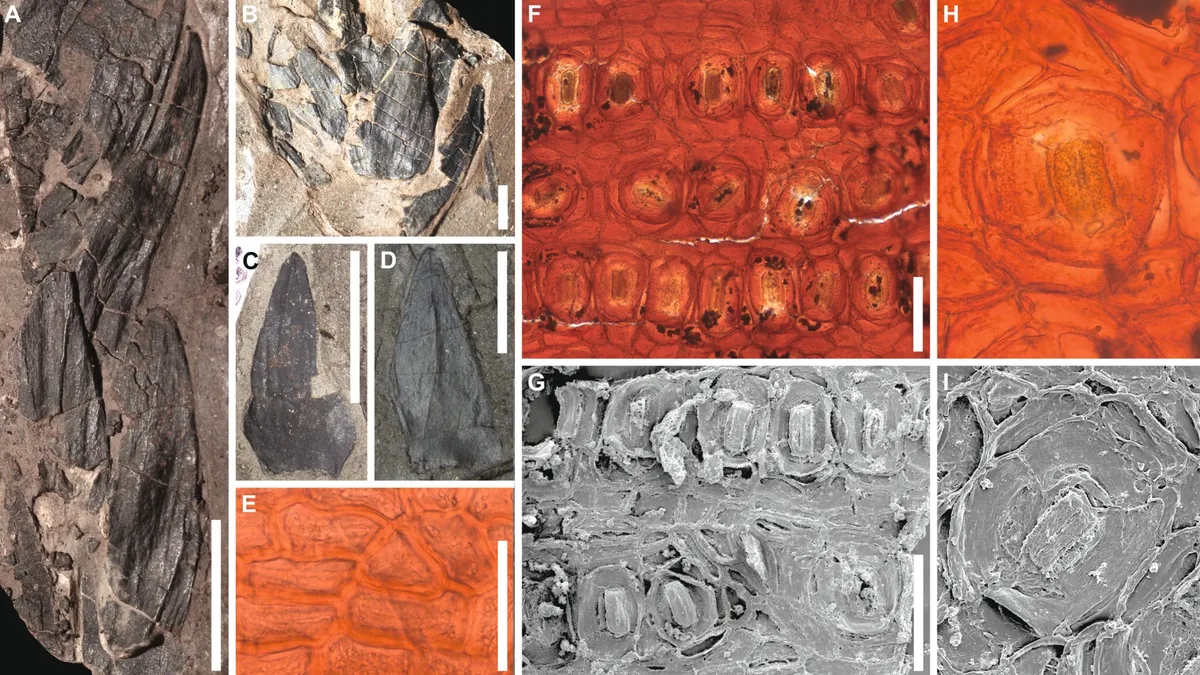
Fifty million years ago, lush rainforests blanketed modern-day Antarctica, Australia, New Zealand and the tip of South America. Now, researchers have discovered new fossils that reveal which plant species populated these forests and how they adapted to life near the South Pole.
A newly discovered fossil site in the northeast US provides a glimpse into an ancient ecosystem nearly 100 million years older than the first dinosaurs. The exceptionally well-preserved find is described in Nature Communications.
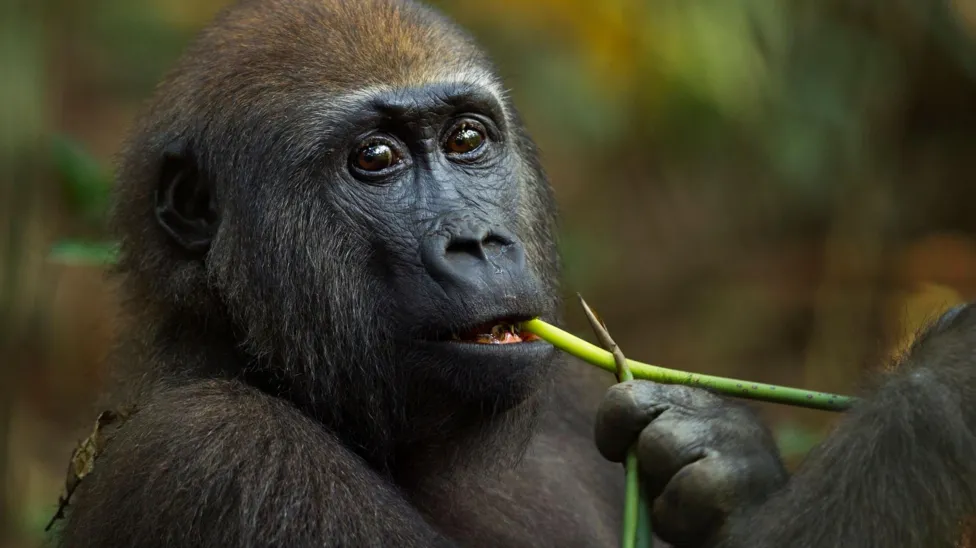
Researchers in Gabon studied tropical plants eaten by wild gorillas – and used also by local human healers – identifying four with medicinal effects. Laboratory studies revealed the plants were high in antioxidants and antimicrobials. One showed promise in fighting superbugs. The research is published in the journal PLOS ONE.
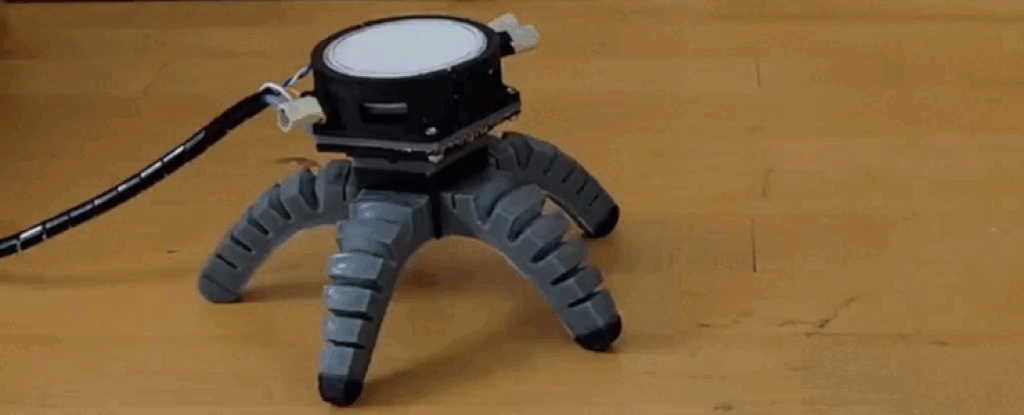
“By growing mycelium into the electronics of a robot, we were able to allow the biohybrid machine to sense and respond to the environment,” says senior researcher Rob Shepherd, a materials scientist at Cornell. This research was published in Science Robotics.

A doughnut-shaped region thousands of kilometers beneath our feet within Earth’s liquid core has been discovered by scientists from The Australian National University (ANU), providing new clues about the dynamics of our planet’s magnetic field. The research is published in Science Advances.
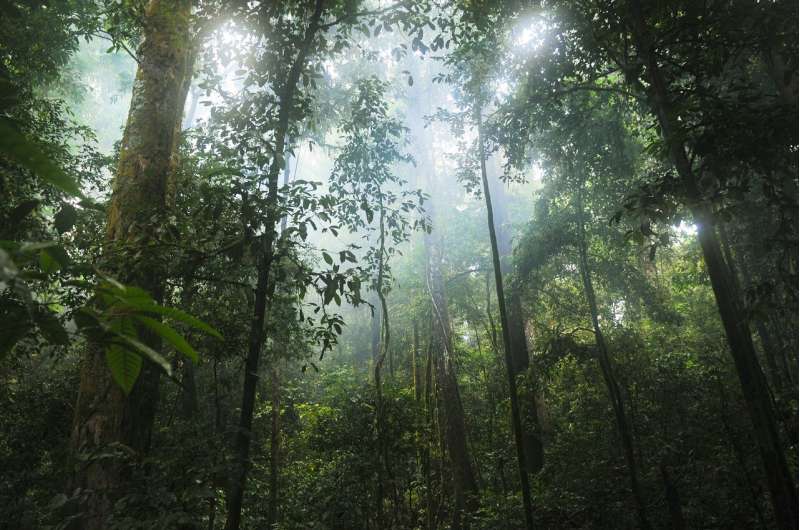
A study by researchers from the Insper Research Institute in São Paulo and the University of Bonn now shows an interesting side effect: where the measures were implemented, not only did deforestation decrease, but so did the number of homicides.








